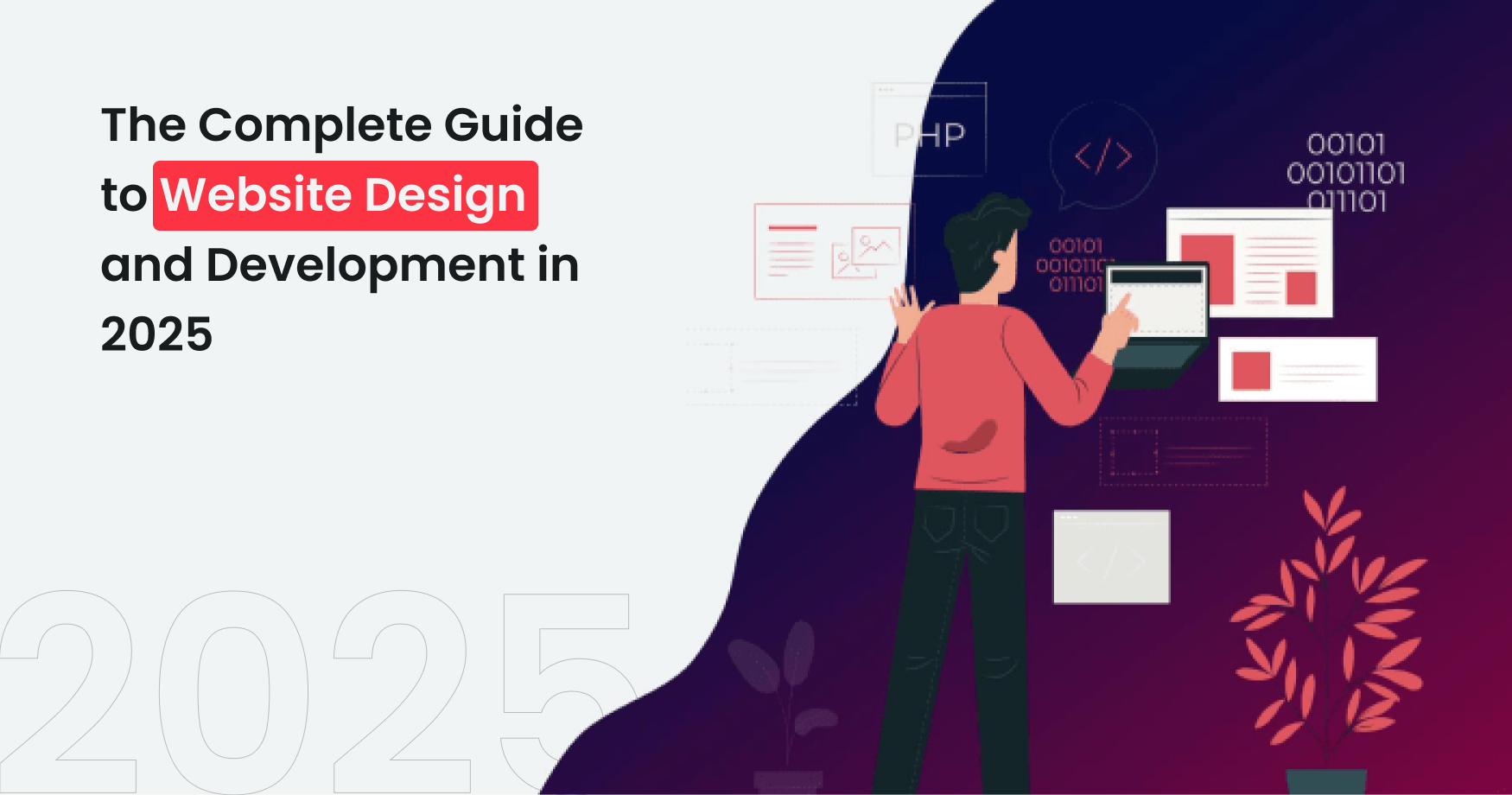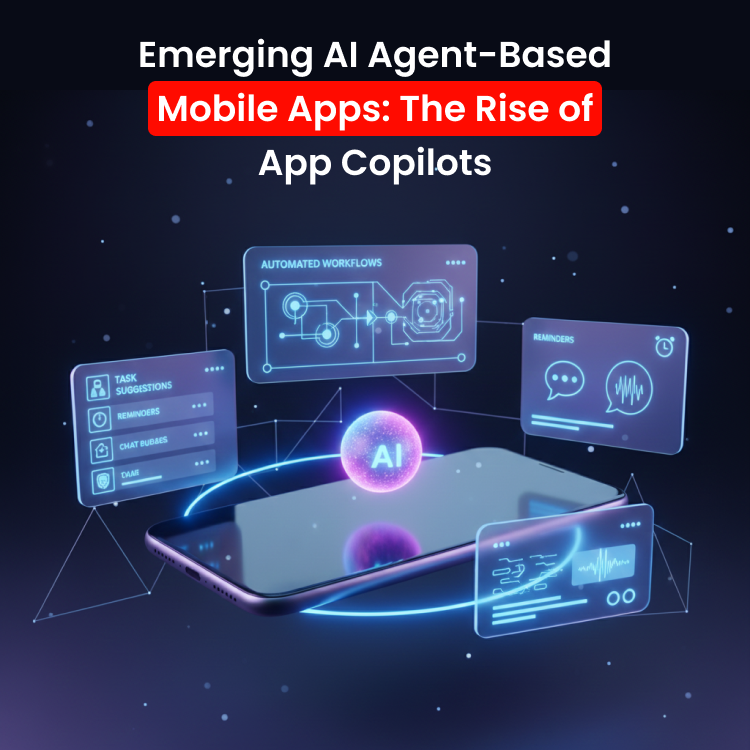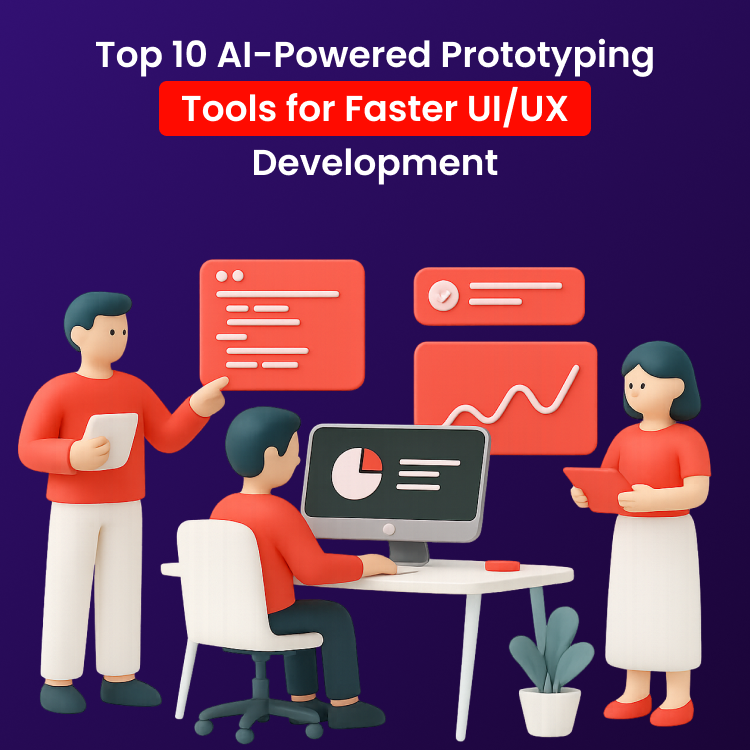

Quick Summary
Building a successful website in 2025 is more complex than ever. This guide covers the essential design trends, technical principles, and strategic considerations you need to create a fast, secure, and user-friendly website that stands out. We’ll explore everything from AI’s role in development to the importance of mobile-first design, helping you navigate the landscape and build a powerful online presence.
The website that attracts the attention of users with microinteractions, mesmerizes them with unique design elements, and amazes them with lightning-fast loading speed is all a brand needs to boost their conversion rates and organic traffic.
Earlier, websites were all about informing your brand’s existence or presence, but now, in 2025, it is about creating experiences. The better the experience, the happier your users are. Around 83% of users appreciate a website that looks attractive and up-to-date.
Lindon Leader, the designer behind the legendary FedEx logo with a secret arrow, says, “I strive for two things in design: simplicity and clarity. Great design is born of those two things.”
If you want your website design to be successful and to be loved by your customers, then aim for simplicity and clarity in your design. A web development company can help bring these aspects into your extravagant design idea. Let’s learn how you can approach website design and development in 2025.
Latest Website Design Trends for 2025
Modern design is about creating an emotional connection. We’re seeing a shift away from static pages and toward immersive, dynamic experiences. As a website design and development company, we keep a tab on all the latest trends and what businesses and customers are expecting from developers. As per our insights, here are the trends that are defining website design in 2025:
- Micro-Interaction and Animated Visual
Tiny animations and dynamic elements are everywhere. From a color button to a gentle parallel effect on the hero image, these details make the site feel alive and responsible. They guide the user’s eye and provide quick response, increasing the overall experience.
- Immersive 3D and WebGL
Developers are now using techniques such as WebGL (web graphics library) to integrate refined 3D models and interactive animations in a browser directly without the need for plugins. It creates a deep, emergent, game-like experience that can be used to make product showcases, storytelling, or unique brand visuals.
- Minimalism with a Twist
The “less is more” philosophy remains strong, but with a bolder edge. We are focused on clean layouts, but with powerful, oversized typography and unconventional color straps. This approach creates a strong view hierarchy, ensuring that the most important material immediately attracts your attention.
- Anti-design with a Human Touch
If you want to break the traditional website design norm, then anti-design with a human touch is a new trend that is coming up lately and taking social media by storm. This trend embraces asymmetrical layouts and unbalance in the designs. Instead of clean grids and predictable symmetry, anti-design means bold, clashing colors, text that doesn’t align neatly, oversized images spilling into each other, and buttons that don’t sit in tidy boxes.
The intentional imperfection makes the design feel more authentic and demonstrates that a website does not need to be perfect to engage users effectively.
Key Principles of Effective Website Design
Nowadays, an effective website design should fulfil its intended function by conveying its message and engaging the visitor. This means that website design should strike a strategic balance between its UI (user interface) and UX (user experience) components. As a web development service provider, we recommend that every brand owner or website designer should know about the 9 key principles for creating a balanced website design:
- Website Purpose
Decide on the website’s purpose, and that will decide the website design. As per the website’s purpose, the design can be decided. For example, an eCommerce site will focus on product display, smooth navigation, and easy checkout, but a corporate site leans toward professionalism and clarity.
- Simplicity
Simplicity is something that gets lost when trying to stand out from the competitors. However, it can be achieved by working on color, type, and imagery.
- Navigation
Navigation is an essential part of UX, and the website developers aim to make navigation frictionless. It means that users should be able to reach from point A (let’s say product discovery) to point B (checkout) seamlessly, without any hindrance. The goal should be that users should find the thing they are looking within less possible time.
- F-Shaped Pattern Reading
The F-shaped reading is a common pattern that most users use to scan the text on the website. Eye-tracking studies have found that most people look at the top and left areas of the screen. This way, you can align the critical information such that users can easily pick it up.
- Visual Hierarchy
Visual hierarchy is all about arranging the elements in order of importance. This can be done either by considering the size, color, imagery, contrast, typography, whitespace, texture, and style. It helps in setting up a focal point, which tells the user where the most important information is.
- Content
Without content, the website would feel lifeless. You need a good copywriter with SEO expertise and industry knowledge to craft headlines, click-worthy CTAs, subheadings, and build narration that feels relevant, connected, and engaging to the user. The content does the talking for your brand on the digital platform.
- Grid-based Layout
Grid-based layout helps in keeping the website content and media clutter-free. It arranges the content in a clean grid structure with columns and sections that feel lined up and balanced. If you wish to incorporate anti-design elements, then you can dedicate a section on the website for such a design element.
- Load Time
Load times have a significant impact on organic traffic and conversion rates. People cannot wait more than 3 seconds for their website to load, and if the loading time increases, there is a chance that they will bounce to another page. Even media-rich, feature-loaded, and JavaScript-heavy websites that are optimized can be loaded within the desired benchmark; you need a web app development company with expertise in optimization.
- Mobile-Friendly
Mobiles are users’ go-to devices, and it is essential that your website should swiftly adapt to the screen size. A layout that looks perfect on a desktop can easily fall apart on a mobile screen. Tiny texts, menus hidden off the edge, and constant pinching and zooming to click something, which can be quite frustrating if your design is not mobile-friendly. So, opt for themes or custom development with a mobile-friendly version.
Read also: Laravel Development Trends That Drive High-Performance Web Applications
What is Web Development?
Web development means the construction and programming of websites and applications. Web development comprises developers who write lines of code using the selected tech stack for the application. They ensure that the design is transformed into a fully functional, scalable, and secure digital product that users can use across devices and platforms.
Once the designer finishes designing the website, it is the role of the developer to make that design come alive by coding the layouts, adding functionality, integrating databases or APIs, and ensuring the site works smoothly across different devices and browsers.
Difference Between Web Design and Web Development
Web design and web development overlap, but they are not the same. Here’s how both of them are different:
Here’s a quick comparison to help visualize the differences:
| No | Web Design | Web Development |
|---|---|---|
| 1 | Web designers sketch or create visuals and layouts related to a website on Figma or any other design tool. | Web developers write the code that makes a website function, both backend and frontend. |
| 2 | They work directly with a client to create designs and visuals to bring the client’s vision into reality. | Web developers work with the designers, and the design is approved by the design team and the client |
| 3 | Designers usually focus on visuals and user experience (UX/UI): colors, typography, layout, spacing, interactions, and overall look & feel. They usually work in design tools like Figma, Sketch, or Adobe XD. | The development converts the design into code, and usually comprises frontend developers, backend developers, or full-stack developers (who manage both frontend and backend). |
| 4 | Create prototypes and wireframes to test different design ideas. | Developers create functional websites by turning the prototypes approved by the design team into digital products. |
| 5 | Ensure the website design is responsive, user-friendly, and visually consistent across all devices and screen sizes | Implement responsive design techniques and optimize website performance for speed, security, and cross-browser compatibility. |
So, if you are building your team of developers or hiring services from a web development company, you need to clearly define whether you want your website to be designed, developed, or both.
How AI is Changing Web Development?
AI has revolutionized the website development process. With the introduction of Generative AI, websites can be generated within minutes; all you need to do is enter the right prompt. With a no-code drag-and-drop editor, the generated website can be customized and deployed by purchasing web hosting and a domain name.
However, the website generated would be generic, and such tools don’t provide the flexibility to make major customizations. For brands wanting to build a unique presence on the Internet, a website design and development company can help you. Besides, web development are also using AI-powered tools to expedite the process. AI automates the repetitive and time-consuming tasks, and according to some reports, the AI tools can slash down the development time by 30%.
- AI design tools can generate wireframes, suggest layouts, and even suggest a color palette based on branding. Instead of brainstorming, designers can check different versions, conduct A/B testing, and see what’s working.
- Developers do not need to start writing their code from scratch. There are AI copilots that generate boilerplate code, recommend fixes, and even spot vulnerabilities. This not only saves time but also reduces human errors in complex projects.
- Websites can have an AI-powered recommendation engine that provides users with tailored content, like product recommendations, based on their behavior and user history.
- AI tools can accelerate the testing process by automating test case creation, brainstorming user scenarios, running simulations across multiple devices or browsers, and quickly identifying bugs or performance issues. With self-healing test scripts, AI can even update the test scripts automatically if there is any change in the code.
The Bottom Line?
Website development and design hold importance in improving your digital presence, but how we approach it is changing. With AI-powered tools and evolving industry trends and the customer expectations, businesses need to rethink their strategies, building websites that are not just visually appealing, but also fast, secure, adaptable, and intelligent.
The best way is to partner with a web app development company who have experts with years of hands-on experience in building and developing websites for the industry. Rainstream Technologies can bring industry insights about trends and customizations that the world demands. Connect with our experts today.
Frequently Asked Questions
- How long does it take to build a website?
The timeline depends heavily on the project’s complexity and scope. A simple, static website for a small business might take a few weeks. A full-scale custom web application with complex functionality and a database could take several months or even over a year to complete. The process involves multiple stages, from discovery and design to development, testing, and deployment.
- What is the difference between web design and web development?
Think of it like building a house. Web design is the architectural blueprint, the plan, the aesthetics, and the layout. Web development is the construction, the plumbing, the electrical wiring, and the foundation that make the blueprint a reality. Web designers focus on the look and feel (UX/UI), while web developers focus on the technical implementation and functionality (coding, databases, server logic).
- Why do I need a custom-built website versus a template?
Templates are great for getting a simple site up quickly and on a budget, but they often lack the flexibility, scalability, and unique features that a custom site provides. A custom-built site is an investment that is designed to solve your specific business challenges. It’s built from the ground up for your unique needs, ensuring it can handle high traffic, integrate with your existing systems, and provide a one-of-a-kind user experience.





